wikiHow is a “wiki,” similar to Wikipedia, which means that many of our articles are co-written by multiple authors. To create this article, 12 people, some anonymous, worked to edit and improve it over time.
wikiHow marks an article as reader-approved once it receives enough positive feedback. In this case, 92% of readers who voted found the article helpful, earning it our reader-approved status.
This article has been viewed 65,066 times.
Learn more...
Out of the 40 meditation subjects the Buddha taught and encouraged, Kasina meditations take up 10 of them. These are known simply as earth, water, fire, wind, blue, yellow, red, white, space and light.
In practice, these meditations have limited insight value, so are mostly taught as a means to develop concentration to be then used as an investigative tool. It is because there is no one size fits all meditation, some practitioners are more inclined and naturally adept at certain types than others. The large range of 40 gives a more user-specific option.
In one of the best source books of the subject, known as the Visuddhi Magga, it gives examples how a person knows for themselves if its the right type for them. An example was someone gazing at a display of flowers noticed that a certain colour stood out vastly more apparent than the others, even when they closed their eyes. For some it was simply gazing at a candle or into space and noticed that it suddenly became visually different.
In modern times, qualified meditation instructors who know which meditation is suitable for each person are rare so meditations such as Kasina types are often left for the more experimental practitioners interested in finding out what place they fit into the range of meditations.
Therefore this article looks at how to start a kasina practice and how to develop it.
Steps
Starting the Meditation
-
1Position your disc in a place you can sit and see it comfortably without developing any discomfort in the neck, shoulders etc. You can use a chair and many work better with the use of one, however the height is important, as is how far away the Kasina is. This is relative, but choose a chair that is fairly low and will not strain the neck and the kasina should be close enough to be able to focus firmly on it, so neither too close nor too far.
-
2Observe the characteristic of your disc, such as repeating mentally "water, water" or "space, space" etc. You can use any word that appeals or feels relevant, but English only has limited words for things like light, the colours, water etc.
- Repeating its characteristic helps focus solely on the subject rather than getting distracted with thoughts.
-
3Gaze gently at the disc and relax into it, as strong, rigid focus can create strain which can be a hindrance. Problematically for many is that the image most often appears when we aren't paying it too much attention, such as when in day to day life we're gazing into space a shadow image just happens. People who have been good at hidden picture puzzles or other optical puzzles have a head start as they are already familiar with persistent focus.
- Eventually an image will arise from it, it might appear floating in front of the disc, or be the reverse image of it. It might move, or it might be still. This can take some time so it is best not to practice this style of meditation if you cannot dedicate some real time to it. Common history tells the story of a man who spent 40 days in the desert and developed the earth kasina and some monks spend many months on the subject. It might not happen immediately or quickly, so giving fair time is important to find out and to develop what does arise.
- Refrain from forcing it to do something, or trying to change it as that becomes the new focus of attention, not the kasina you've been studying. They arise easier if you don't try to make it happen but just relax into it. This is why they happen on their own sometimes in day to day life.
-
4Find yourself a quiet place with minimal disturbances if where you are is no longer suitable. Select a comfortable posture and the Do Mindful Meditation page has a look at the four styles to help you select one, although sitting, standing or reclining are the best types. Observe the counterpart image once it is visible (sometimes you will need the eyes shut, sometimes you don't). It depends how well you focused on the original to how well it stays. Sometimes the image might last a few seconds, or a minute, or a fair while. If it fades away, go back and focus on the original again until the symbol appears again.When the image arises, avoid speaking to other people, or using words mentally as that's the easiest way to make the image go away. Its recommended you protect the image as something most precious and to observe it silently with word-less awareness.
-
5Keep observing the new image and noting the characteristic. Develop it, enrich it, make it your total focus of attention which does require gentle but consistent and persistent concentration. Some images you can enlarge, some won't - it depends on the type and the person.
- Let everything fade away so there is just the image and relax into it. Eventually the mind becomes fully absorbed into the image, which you can then use to develop insight.
Warnings
- It is, according to the Buddhist analogies, the way to develop superhuman powers or "miracles". Earth Kasina for example is said to develop Modification, Extension and Solidification. This is able to turn one substance into another, to extend a product (the Visuddhimagga tells the story of a husband and wife who fed a huge crowd out of a cup of pancake batter by extending it) and finally solidification - the ability to turn liquids into solids such as walking on water. You shouldn't practice these with this aim as you are missing the real goal and can cause far more obstacles towards developing understanding.⧼thumbs_response⧽
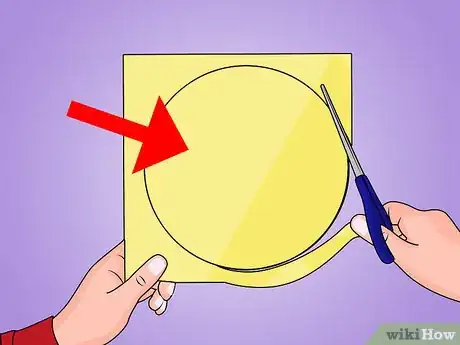
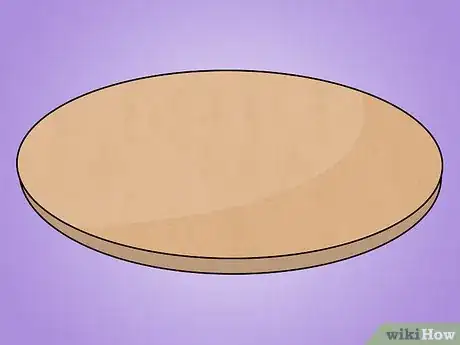

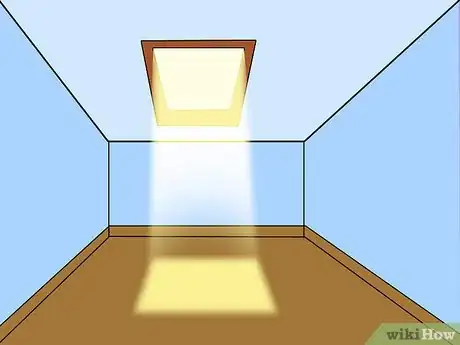


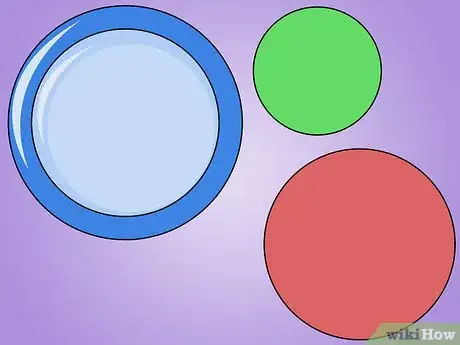
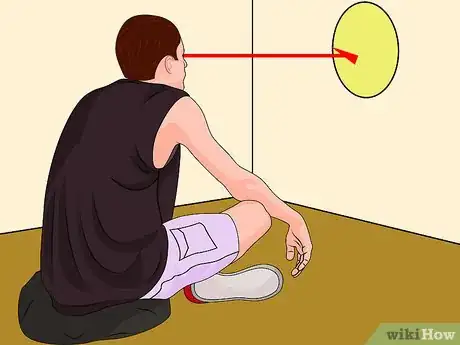
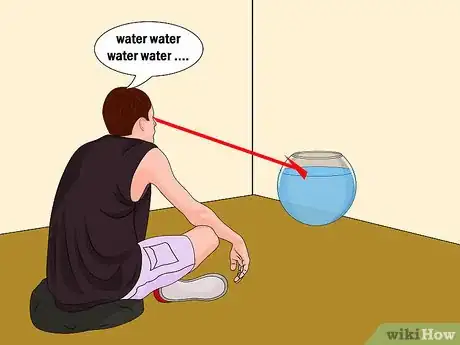



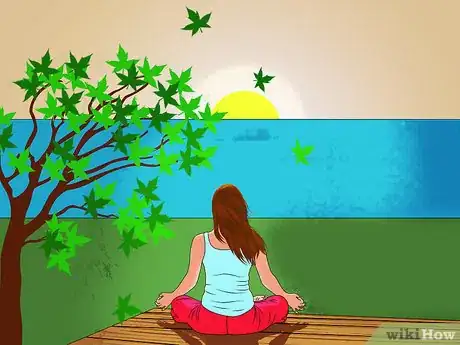







-Step-18-Version-2.webp)






















































